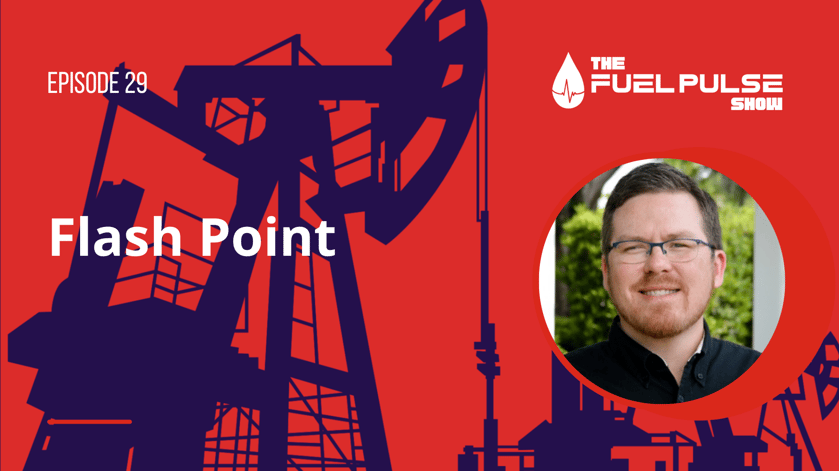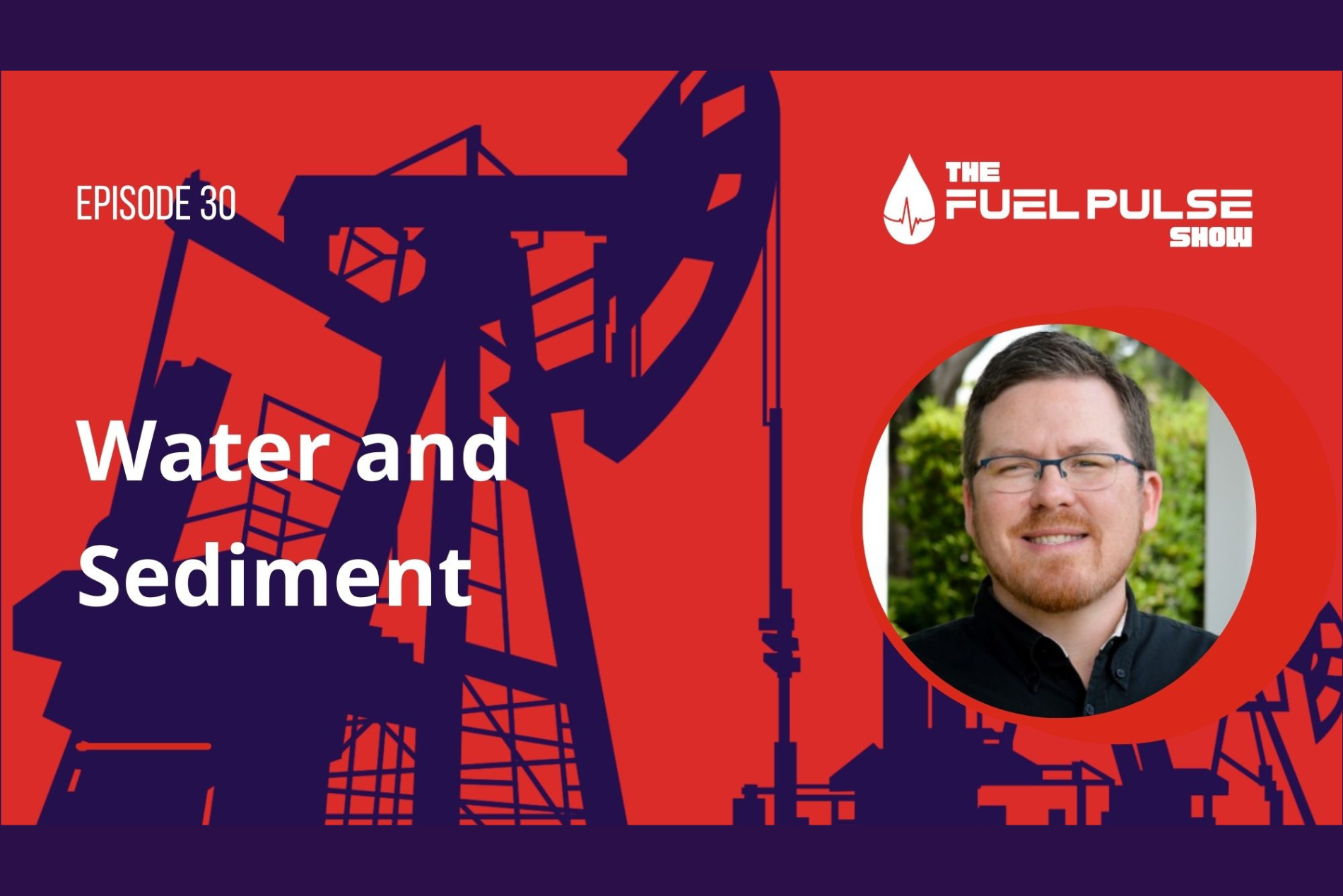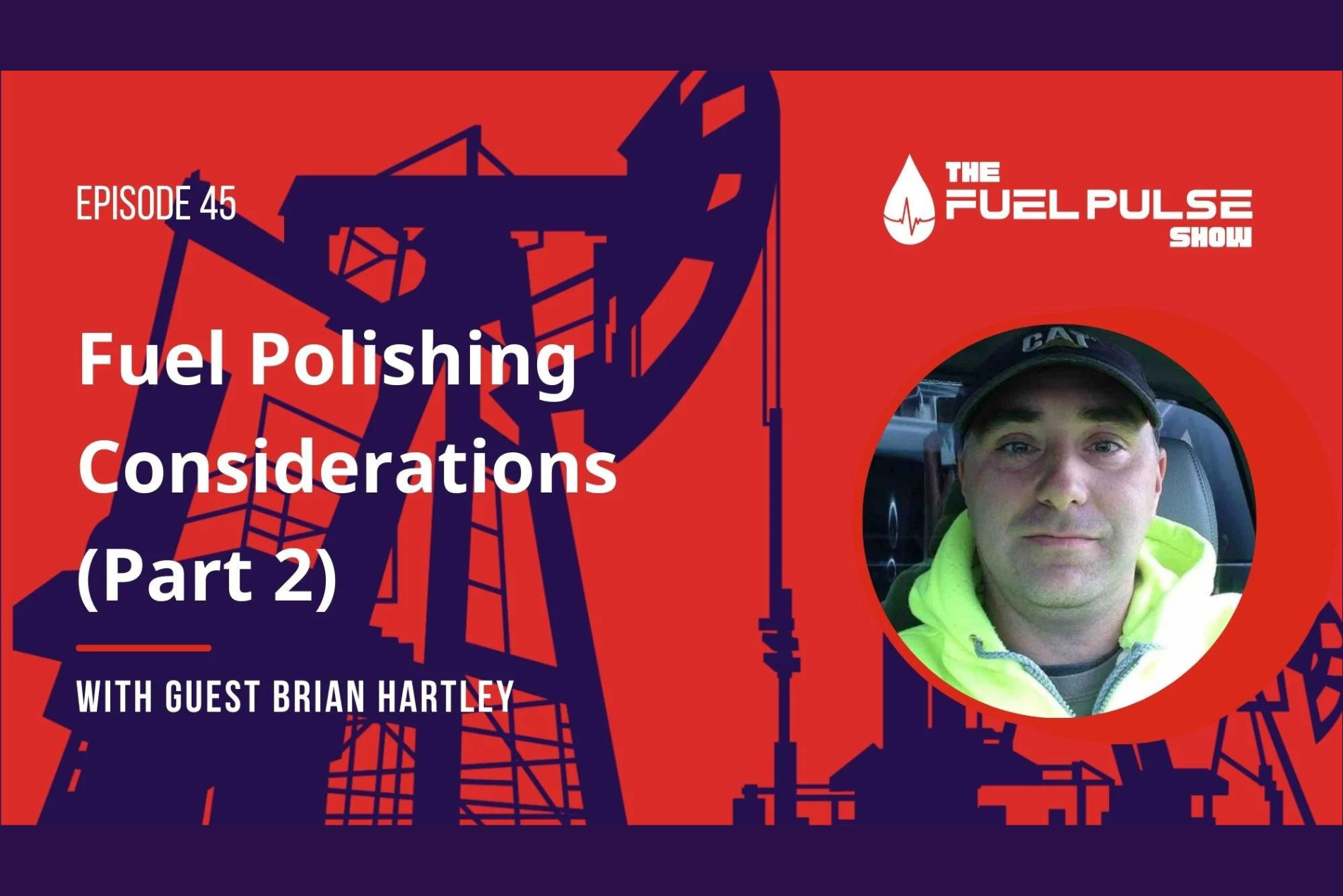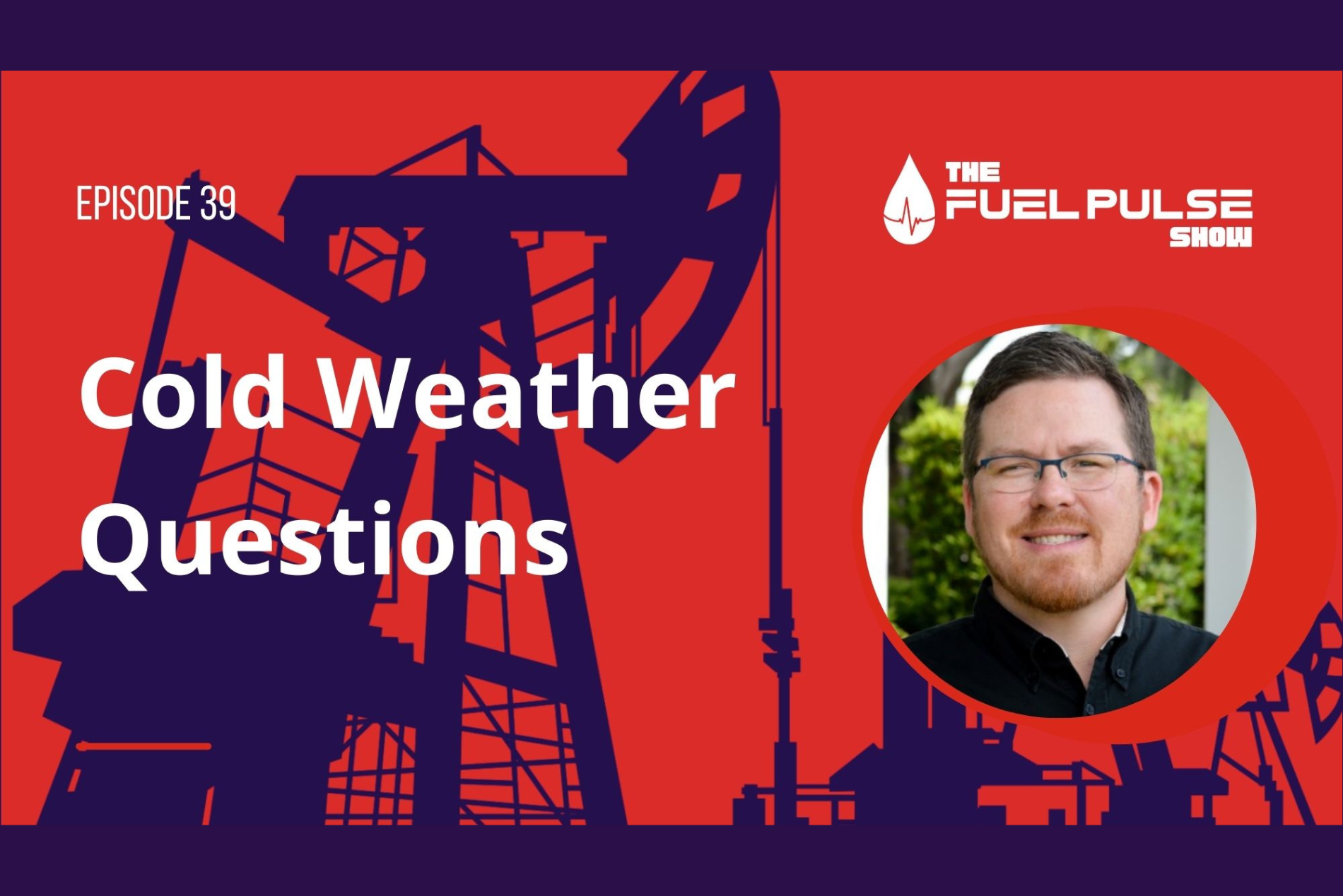Episode 030 - Water and Sediment
Today we are continuing our exploration of fuel testing, focusing specifically on water and sediment analysis. Annual fuel testing is crucial to...


Whether you're a fuel professional or just curious about the intricacies of fuel specifications, this episode will explain everything you need to know about this topic, specifically focusing on flash point. We unravel the mysteries of annual fuel testing and explore which tests are essential for different situations.
Discover the significance of fuel specifications and how they ensure optimal performance in engines and equipment. Unforeseen consequences await those who neglect to consider the implications of using fuel that falls outside the specified parameters.
As we dive into the eleven fuel specifications outlined in D975, our focus narrows in on the fascinating realm of "flash point." You'll learn why flash point is a critical factor in fuel performance, the complexities of flash point problems, their causes, and (most importantly) how to rectify them.

Today we are continuing our exploration of fuel testing, focusing specifically on water and sediment analysis. Annual fuel testing is crucial to...

We’re back for the second part of my conversation with Brian Hartley, the owner of Diesel Dialysis and expert in all things fuel polishing and fuel...

Do you know all the signs that point to the need to use anti-gel in your fuel? We are well into the cold temperatures that start to make gelling in...